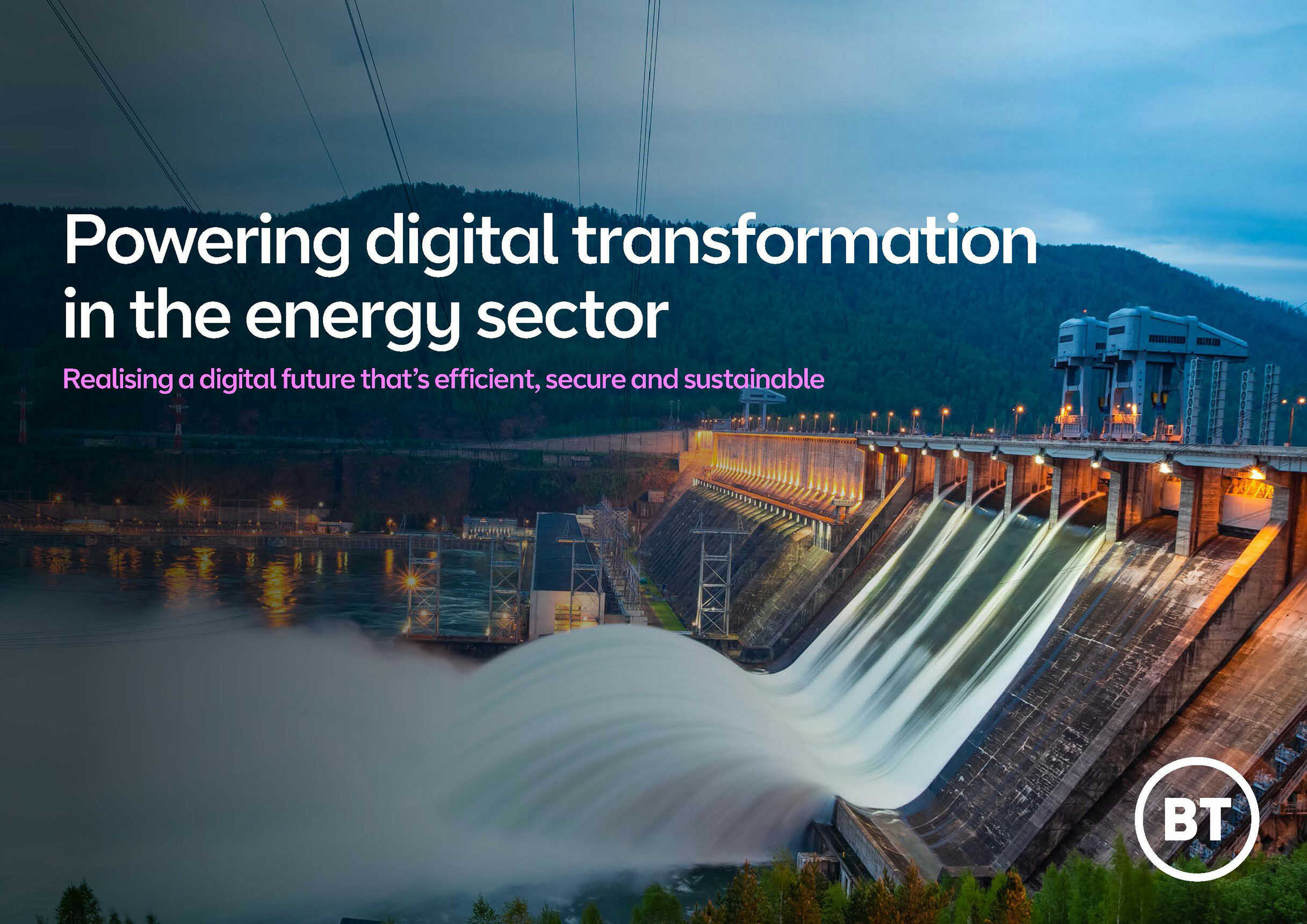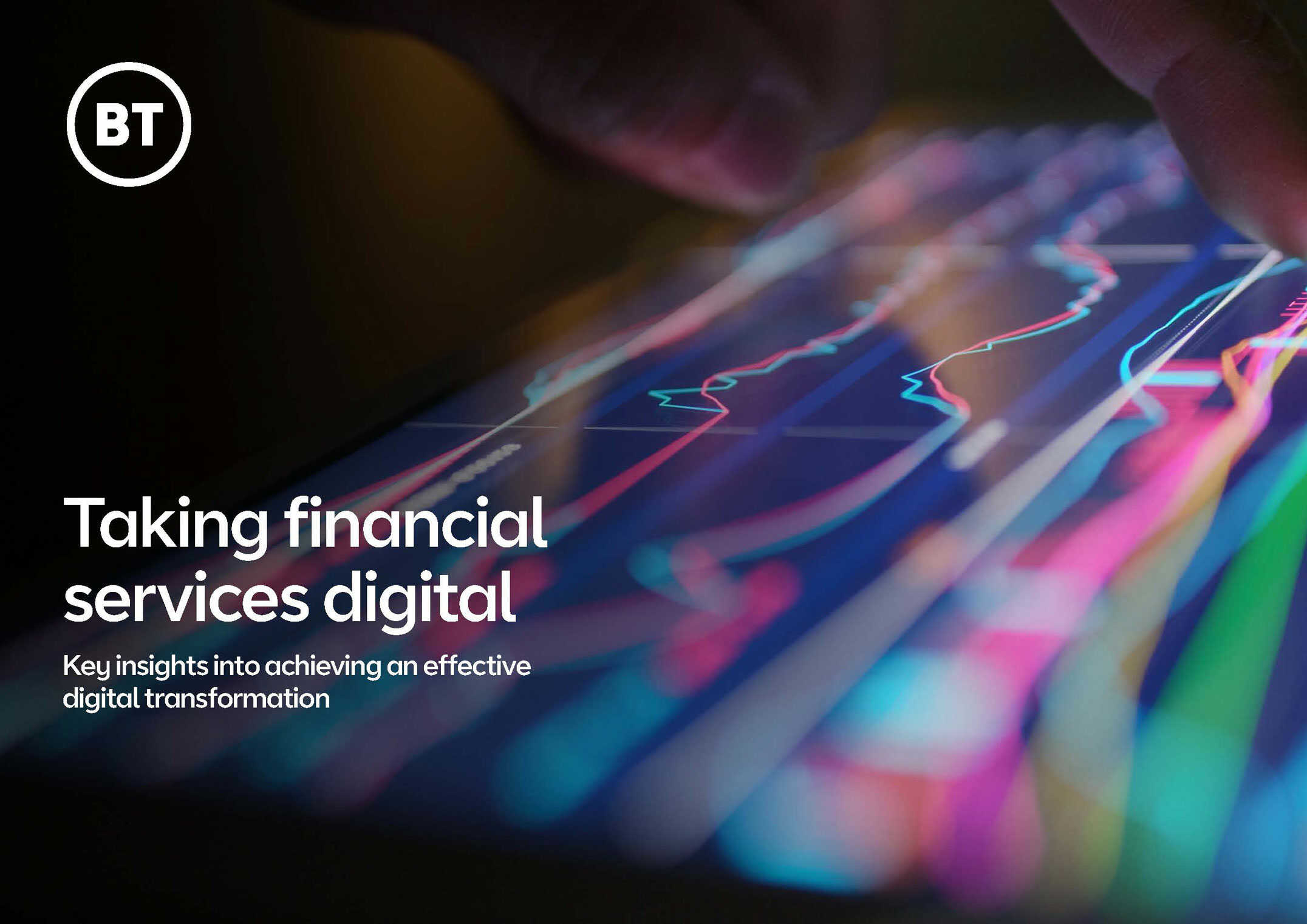9.3.23
Video marketing is an integral part of the B2B toolkit – helping organisations convey complex, compelling messages more efficiently than static text and imagery.
Making sure your videos stand out in today’s crowded marketplace is vital. Videos drive better search engine results and – thanks to the rise of visual search engines like Google’s Shopping Graph and Lens – are increasingly favoured by social media algorithms.
To get the best-possible results, it’s important to be strategic about which type of video marketing suits your specific needs and furthers your short and long-term business goals.
1. Animations
A versatile tool for conveying simple, yet visually exciting stories and messages – animations are a powerful way to attract buyers’ attention.
Often fun, sometimes even fantastical, they embed easily into social media pages. A powerful way to drive user engagement, they can also offer interactive features like embedded links, sub menus and questions that branch into different content. Using animation intros, outros, cutaways and overlays, it’s possible to liven up less visually striking footage with much-needed colour and action.
Check out our guide for producing amazing animations here.
2. Interviews
Whether featuring business leaders or subject matter experts, interview videos are a great way to convey thought leadership and authority to your target audience. Today, with the comparatively high video standards available through camera phones and remote collaboration tools like Teams, creating high-quality videos is easier than ever. But remember, the best B2B interview videos are professional, engaging and flow like a real conversation between relaxed participants.
Read our top tips for self-filming here to get started.
3. Social sharing short
Driven by the likes of TikTok, Snap Chat and Instagram, short, sharp, ‘snackable’ videos have gained prominence over the last decade. Thanks to their growing popularity, they’re now a staple B2B marketing tool, particularly on channels such as LinkedIn and Twitter. Often as short as 20-60 seconds, these videos push brands to refine their messaging while also keeping it persuasive, captivating and informative. With short social videos, the aim is to create something that will be reshared by peers, driving brand awareness and making new inroads into your target market.
4. Webinars
Powerful forums for discussions about the latest insights and research, webinars should offer customers thought-provoking and industry-leading insights around key topics. Usually broadcast live as a launch or hybrid event, they also have considerable value as a piece of long-form content or as a ‘visual podcast’ when hosted online after an event. In fact, 73% of marketers consider webinars to be the best way to generate quality leads.
To help you get started, we’ve created a handy guide for planning and promoting webinars, here.
5. Explainers
If done correctly, an explainer video can condense a variety of different and longer form content into concise and powerful messaging. Generally, these videos focus on how to solve a customer’s problems – beginning with challenges or pain points before suggesting a solution and outlining its benefits. Explainers are about straightforward storytelling, so don’t overcomplicate the messaging and include a clear CTA to encourage buyers along your purchase journey.
6. Case studies and customer testimonials
Case study and customer testimonial videos can validate your products and services by showcasing a client’s experience and displaying the result of a successful project. By enabling a satisfied customer to tell their story, these videos build brand credibility and provide a less biased, more client-focused overview of your USPs. For extra validity points, ask your most recognisable, household name clients to be part of the video so you know it will instantly have traction with your target audience.
Take a look at our blog post for planning your perfect video case study here.
7. Event films
From teasers to post-event outreach content, event films are a great way to showcase the action and key messaging of your brand’s events. These could include clips of key speakers, footage of any activities that took place, short interviews with attendees and even testimonies that celebrate the event’s success.
8. Website banners
Website banners add movement and life to webpages. With this tool, it pays to think carefully about what might enhance your website or embellish the messaging of a particular page. For example, you could showcase a recent event, promote your latest content or celebrate an anniversary. At any time, these banners can be updated to regularly reflect what’s going in your organisation’s story.
Capturing your story
Across all its different forms, video marketing can drive engagement, entertain audiences and allows you to experiment with your brand’s messaging, while reaching new audiences. For these reasons, its popularity as a B2B marketing strategy will only increase.
With almost 20 years’ experience in B2B, we’re experts at crafting purpose-built and visually engaging video marketing to suit our clients’ campaigns. If you’d like to find out more about what we could do for you, please get in touch.












